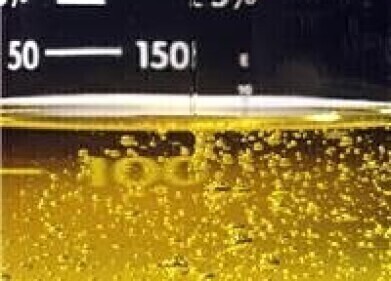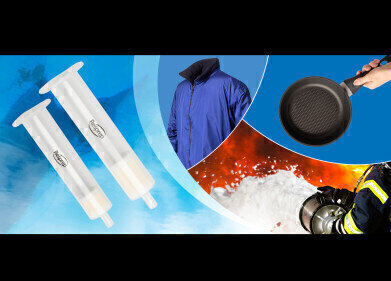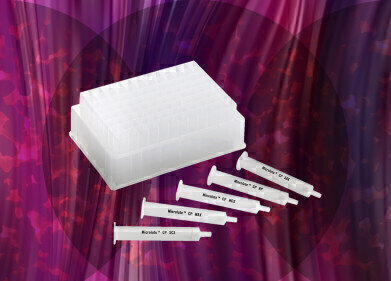Solid Phase Extraction (SPE)
How PFAS Detection Using Chromatography Has Changed Over Time
Apr 19 2020
Chemicals have without doubt made our lives better. Without chemicals there would be no medicines to fight off illness. There would be no computer chips or components to power our phones, tablets or laptops without speciality chemicals to etch away and help print miniature circuits. And no delicious blue smarties to help pass the time between meals.
But sometimes there are downsides to living in a chemical filled world. Sometimes man just gets it wrong - but often it is inadvertently as a by-product of something that is wonderful. One such group of chemicals are known as PFAS or perfluoroalkyl substances. But what are PFAS, why do we use them and why does chromatography have to measure them?
Wonder chemicals hang around
PFAS is the name given to per- and polyfluoroalkyl substances. They are a group of man-made chemicals that include perfluorooctanoic acid (PFOA) and perfluorooctane sulfonate (PFOS). PFASs are used in many different industries and have been around for many years. PFOS has been used in semiconductor production and in fire fighting foams. It has also been used as a protective coating for fabrics and materials. PFOA is used as a feedstock for the production of fluropolymers that are used in electronics and as a non-stick coating in cookware.
The substances are extremely stable and hard wearing. This means that they are resistant to degradation and are heat stable. As well as making them good materials though - this also means that they stick around in the environment. The materials are thought to be carcinogenic at high concentrations after animal studies - but with normal use they should be fine. However, their accumulation in the environment is cause for concern and thus chromatography methods were developed to test for the substances.
Chromatography at work
The first chromatography tool used to test for PFAS was ion chromatography or IC. This is a type of liquid chromatography that worked well for these chemicals, if the detection limits were very low, probably too low to detect PFAS in drinking water. But with the introduction of solid phase extraction (SPE) which can concentrate a contaminant before separation using chromatography, detection limits were lowered when used with gas chromatography. But there were still problems with detection limits.
Nowadays, SPE followed by liquid chromatography and mass spectrometry is the preferred method. This has lowered detection limits and allows individual PFAS to be detected and analysed giving scientists a better understanding of how the chemicals travel through ecosystems. The use of SPE with LC/MS is discussed in this article, Online Solid Phase Extraction and LC/MS Analysis of Thyroid Hormones in Human Serum.
Digital Edition
Chromatography Today - Buyers' Guide 2022
October 2023
In This Edition Modern & Practical Applications - Accelerating ADC Development with Mass Spectrometry - Implementing High-Resolution Ion Mobility into Peptide Mapping Workflows Chromatogr...
View all digital editions
Events
ACS National Meeting - Fall 2024
Aug 18 2024 Denver, CO, USA
Sep 04 2024 Chiba, Tokyo, Japan
Sep 04 2024 University of Warwick, Coventry, UK
Sep 10 2024 Rockville, MD, USA
Plastics Recycling World Expo Europe
Sep 11 2024 Brussels, Belgium














